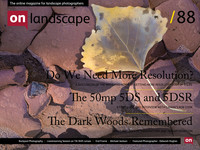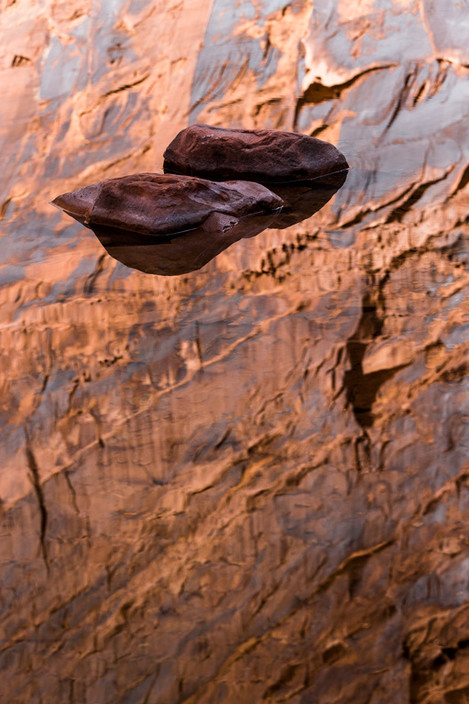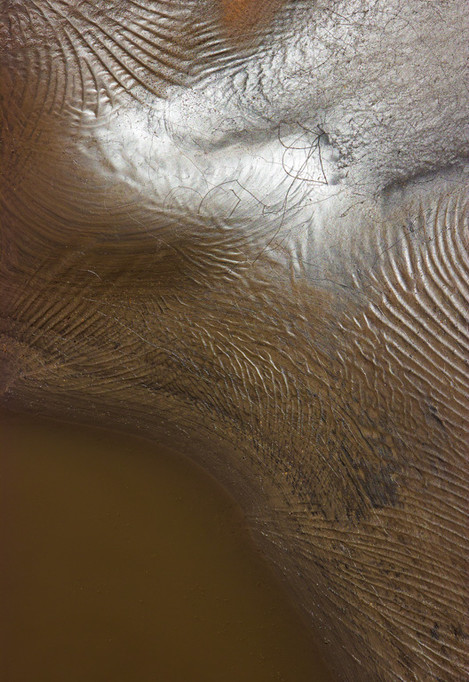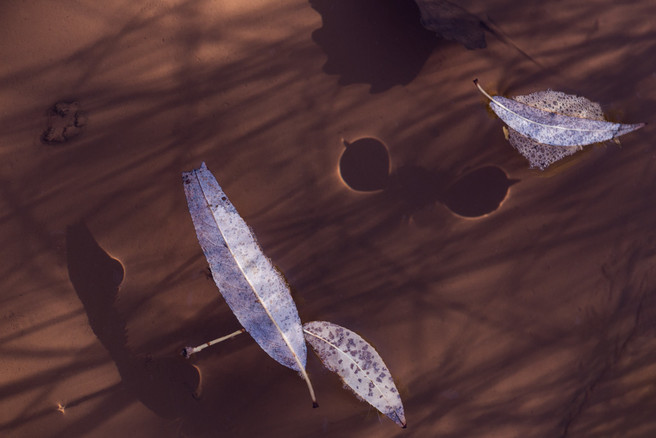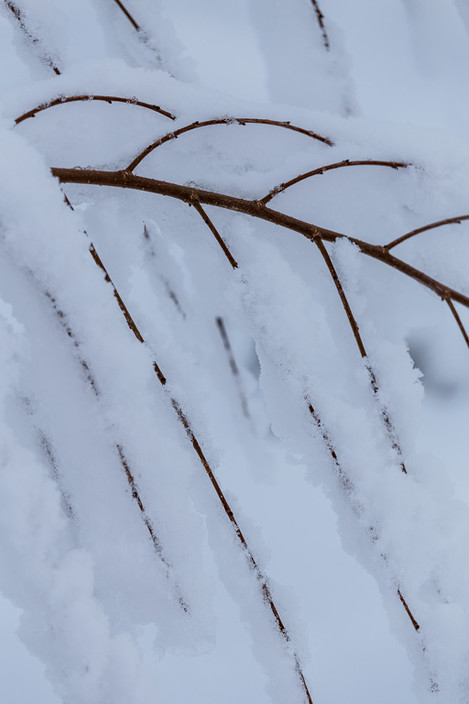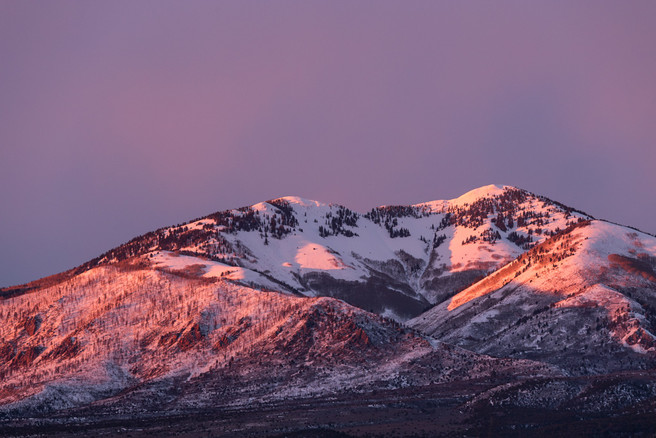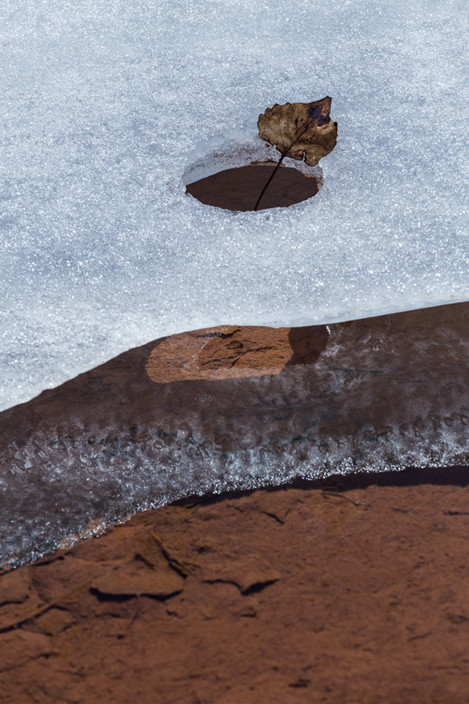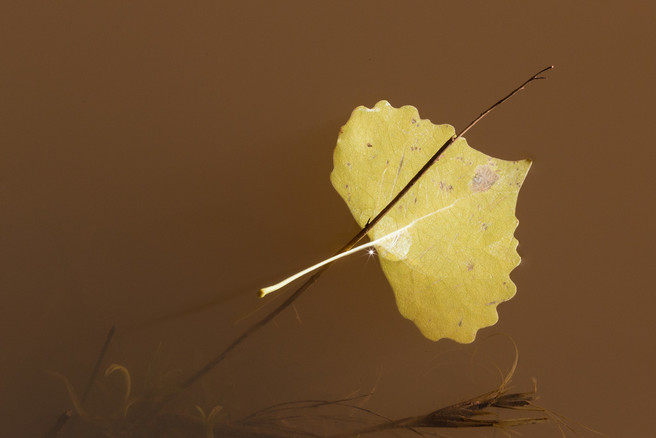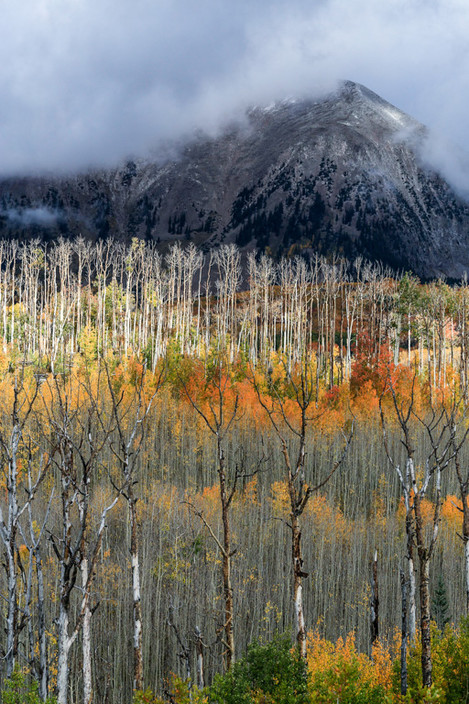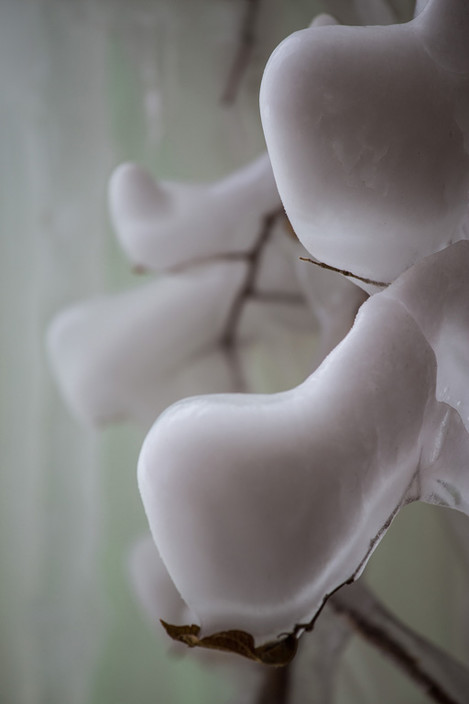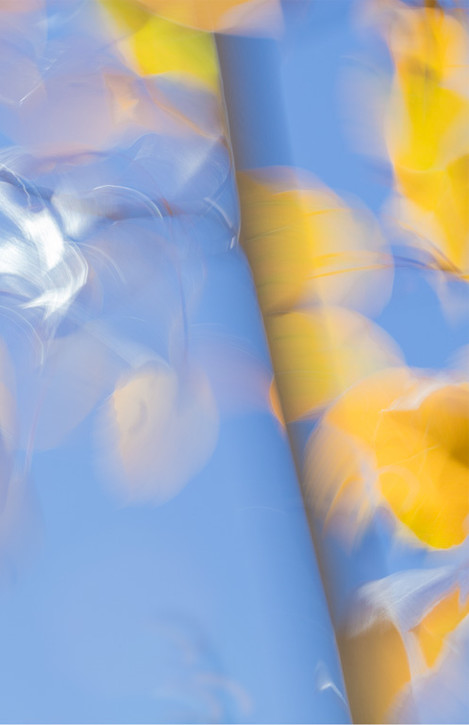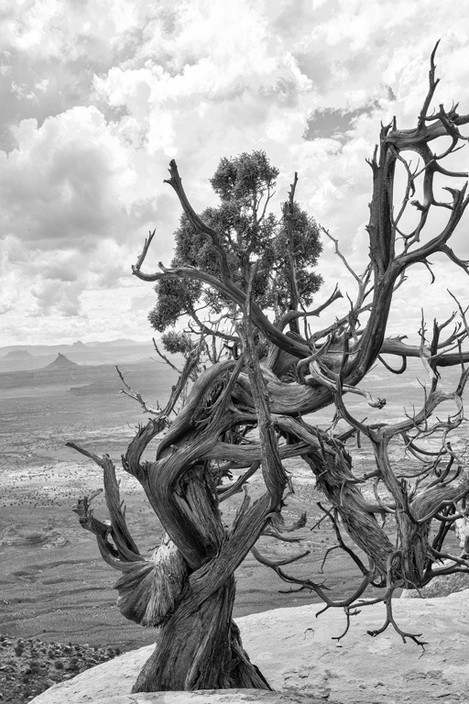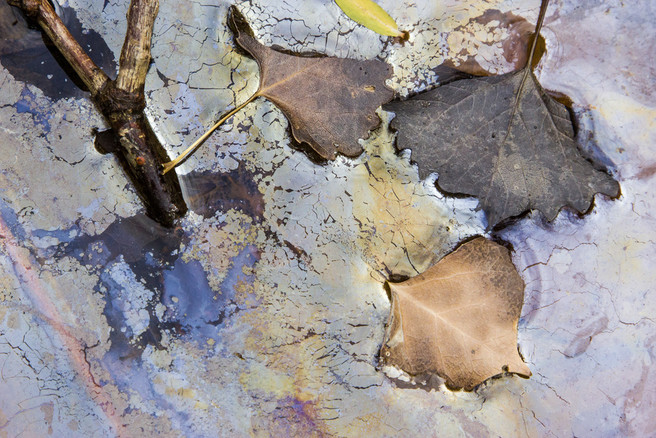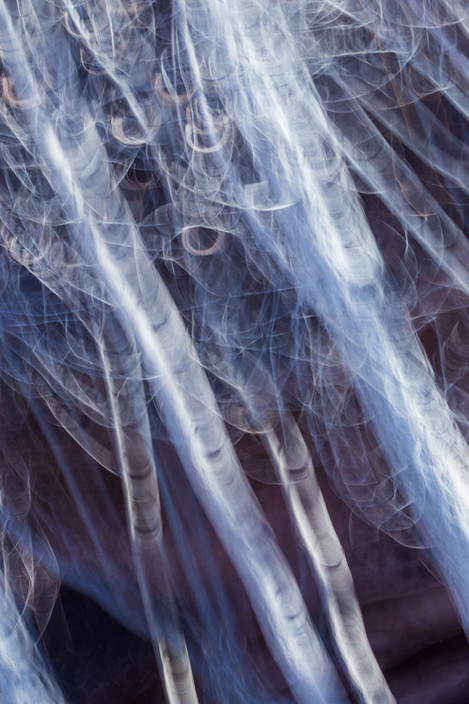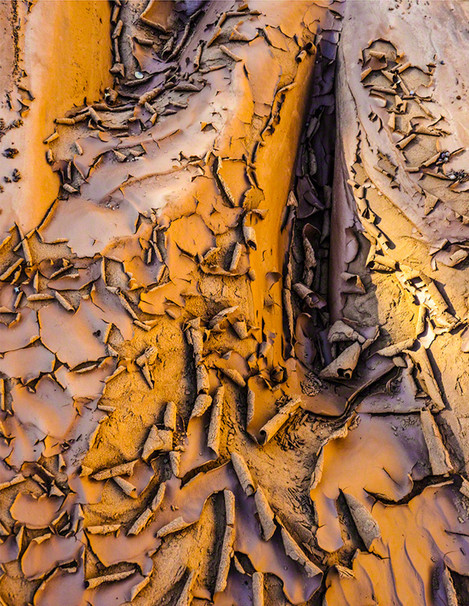Featured Photographer

Tim Parkin
Amateur Photographer who plays with big cameras and film when in between digital photographs.
This issue we're interviewing Deborah Hughs, a photographer from La Sal, Utah (Near Arches National Park, Canyonlands National Park, and Hovenweep and Natural Bridges National Monuments). Deborah is retired but is still busy with her garden, grandchildren, representing local charities and of course photography.
Can you tell me a little about your education, childhood passions, early exposure to photography and vocation?
My passion for photography has traveled a circuitous route. Growing up, my mother's brownie and my father's 8mm movie camera were kept high in a closet cupboard away from little hands so poetry became my primary means of early artistic expression. Winter weekends were all about popcorn balls and putting up the projector and screen for home movies or sitting with my mother attaching those black photo corners to birthday party prints for the family album.
I had an addiction to colored pencils in high school. I was the queen of map drawing and sentence diagrams. Nouns were blue, verbs were red. I now have a collection of markers and pens and dabble in pen & ink drawings.
My creative pursuits were focused on children and career for the intervening years. Once my boys were grown, I moved my accounting business to southern Utah to discover the poetry indigenous to the desert. As my business grew, I had less time to wander and used the camera to capture images and impressions to feed my writing. I've gravitated more and more to the camera over the last ten years to author a form of visual poetry.
What are you most proud of in your photography?
My photographic eye tends toward seldom seen, close-up, and elemental compositions. Maybe it comes from the many years of stuffing numbers in little boxes, but there is a rhythm and music in the lines, patterns, and details of the natural world. Every time I go out with the camera, I am amazed at how quickly the rest of the world disappears and how a backlit leaf can become a whole other world.
In most photographers lives there are 'epiphanic’ moments where things become clear, or new directions are formed. What were your two main moments and how did they change your photography?
Ice! Water in the desert is scarce, but winter temperatures hold its movement for a moment for a month or two. The continual freeze/thaw sculpts its dance with leaves, rocks, and other detritus. Hunting down these icy scenes has expanded my awareness of the natural world - weather patterns, seasonal changes - in addition to knowing probable locations where hikers haven't punched through the thin veneer. I'm always fine-tuning my camera settings and technique as some ice shots aren't easily accessible. Last year I purchased a set of ice cleats to more safely move across small creeks. Consequently, I don't get cabin fever as often on winter days.
Printing and the purchase of a DSLR. Most of my early images taken in the pursuit of poetry were a from-the-hip, point-and-shoot sort. I actually managed a few printable shots from my little Canon PowerShot SX230. It was printing my photos that spurred the step up to the DSLR. I found physical prints to be the best way to determine if my vision in the field was being properly translated through camera settings, perspective, and natural light. I’m a bit embarrassed to say I didn’t have a clue about lenses, aperture, shutter speed, or ISO when I bought my first DSLR and it took a frustrating few months of concentrated effort to make it hum.
Tell me about why you love landscape photography? A little background on what your first passions were, what you studied and what job you ended up doing.
Though my early childhood years were spent in Los Angeles, California, I could usually be found outside digging in the dirt and building forts along with my brothers. The beach, the desert, and my grandpa’s grape vineyard became playgrounds for developing a keen sense of life forms and environments other than human. Capturing the light as it bounces between canyon walls or illuminates a hidden pool returns me again and again to that connection with the natural world. The camera informs my life and ties me to the landscape through its frame.
Formal education leap-frogged over the birth of my 3 sons by the time I was 22, but I subsequently managed an accounting degree and CPA certification. I’ve worked in international public accounting firms as well as forming my own firm as mentioned above. Now launched with families of their own, my son’s homes have become galleries for my photography and other art projects. Most recently I worked as a financial manager for a local microbrewery and restaurant, but have retired from the numbers world and spend most of my time playing around with photography.
Could you tell us a little about the cameras and lenses you typically take on a trip and how they affect your photography.
I primarily carry a Canon 6D wherever I go. I still take the PowerShot occasionally when weight and space are critical factors. The Canon 24-105mm is my main go-to hiking lens. It allows me to quickly switch from a sweeping landscape to a more intimate composition without changing lenses. Both to challenge my creativity and to lighten the load, I normally carry just one lens at a time.
I love my Canon 100mm macro lens. I can get lost in the close-up landscapes it brings into focus – the inner lips of a flower or the pokey spines of a cactus. Also, with a bit of footwork framing, I find it’s sharpness a plus when setting up a more wide-angle shot.
I’m still learning my Canon 70-200mm. It brings those far-off realms into view with its ability to close crop the light and shadow of an incoming storm across mountain valleys or the match stick march of autumn aspens. It doesn’t quite have the same creamy, dreamy bokeh as the 100mm macro, but it reaches out and grabs close-up shots from a greater distance.
What sort of post processing do you undertake on your pictures? Give me an idea of your workflow.
I primarily shoot in natural light and capture in raw format. I use Lightroom to post-process. I consider post-processing an extension of my photographic creativity. I’m not a huge fan of HDR, but often accentuate highlights and luminosity to suss out the emotional essence of the image. Occasionally I use the spot removal tool to erase distracting flotsam and jetsam if few and small. I use Photoshop for the occasional artsy composite and to setup images for the web, printing, and other projects.
Do you get many of your pictures printed and, if at all, where/how do you get them printed?
I’ve been printing images for several years as noted above, both for my own educational purposes and to sell. I have a Canon Pro9000 MarkII which does a nice job with the right paper and settings. Producing saleable prints is an art form in and of itself and this summer I spent some time producing an inventory of matted and framed prints. I have had a few images printed on metal through Fine Art America which I have come to like a lot. No glass, fingerprints can be wiped off, and the end product is lightweight. They are also great for showing at art fairs and similar venues. Though canvas prints are popular for these days, they wear easily at the corners with over-handling. I’ve been playing with printing on fabric as well. I’m still experimenting with different framing and matting combinations, but generally stick with the white mat and a classic black frame.
Tell me about the photographers that inspire you most. What books stimulated your interest in photography and who drove you forward, directly or indirectly, as you developed?
John Flannery, who worked with Ansel Adams and Eliot Porter as an assistant to the President of the Sierra Club many years ago, has been my photographic as well as writing mentor for years. Eliot Porter, Edward Weston, and Aaron Siskind have inspired me with their tight crops and suggestive subjects that often border and at times delve directly into the abstract.
Henri Cartier-Bresson’s The Decisive Moment, helped me to detach myself from other’s expectations of what my photography should be. Learning to See Creatively, by Bryan Peterson was instrumental in developing an innate sense of framing and compositional simplicity. I recently invested in the 3 volume set of The Photobook: A History, by Martin Parr and Gerry Badger, as I’m constantly looking for ways to present and share my images outside the usual photographic print. I’m currently reading Perception and Imaging: A Way of Seeing which presents various aspects of image design and the physiology of how the human eye sees. Incorporating these multiple layers of knowledge into photographic composition, says author Richard D. Zakia, can help clarify meaning and connect the viewer emotionally to an image.
Tell me what your favourite two or three photographs are and a little bit about them.
HEFT: This was taken from behind a frozen waterfall that pours over rock walls along the Colorado River. The 6 to 10-inch accumulation of ice on the branches and leaves of the trees and the eerie green light permeating the scene took me out to way beyond the ordinary. This pourover receives minimal sunlight in the winter so stays frozen solid for a month or two, but access for a view behind the ice is tricky and requires a hands-and-knees crawl for maximum safety of one's own limbs.
THE LIVES OF LEAVES: The colors and movement make this image for me. Its an amalgamation of what keeps my vision moving toward the abstract. Like the autumn leaves it wraps and slaps against the trunk, the image represents a falling away of photographic rules; it gives permission to separate from what we hold onto as "real" and become an individual in our dance with the light; and it embraces serendipity - you can plan, gear up, and get there for the shot, but it is the unexpected that transcends the everyday and delights.
JUNIPER JUMP: This is an intimate portrait of a juniper tree perched at the edge of a canyon rim above Indian Creek, the entry into Canyonlands National Park, Needles District. Both the Overlook above where I'm wrangling the camera and the landscape below with Sharpshooter Peak in the background are my some of my favorite places on earth. The tree's reaching mimics my own struggle to stay within the frame of cultural expectations.
If you were told you couldn’t do anything photography related for a week, what would you end up doing (i.e. Do you have a hobby other than photography..)
I would probably write more. I often get up early in the morning and sit outside in the dark and watch the stars. Without the light, my mind comes out to play and busies itself with making metaphors of the world waking up. Once a bit of light peeks over the horizon though, I would ache for the camera.
I also like to cook and garden and create odd pieces of artwork out of found materials. I would still explore and hike in the desert. That is the source of all of my artistic expression.
What sorts of things do you think might challenge you in the future or do you have any photographs or styles that you want to investigate? Where do you see your photography going in terms of subject and style?
As noted above, I’m continually playing around with alternative printing methods and materials as well as combining my writing and photography. Though I’m not one much for people photography, I’m often asked to photograph events and take portraits. I have considered producing composites of children and archaeological sites as well as photographing portraits in natural settings. I’ve also begun to play with the Canon 6D’s multiple exposures.
I see myself making more books. I like the physical feel of a handmade photobook and with the plethora of online book making sites, it’s a breeze to setup.
In terms of subject matter and style, I'm drawn to abstract, impressionistic,simple, minimalistic compositions. For me, the essence of a scene or subject, through a suggestive color, pattern, or line, can become a more engaging image than a realistic representation.
Who do you think we should feature as our next photographer?
I'll recommend Italian photographer, Roberto Nencini. I have been following his work for a few years now and he captures the landscape as well as people who live close to the earth from around the world. His website is: http://www.robertonencini.it/
I'll also recommend Lara Matthews and Greg Jacobs, a husband and wife team of Western Images and Light who I have been corresponding with recently. Their website is: http://westernimagesandlight.com/
Have you got any exhibitions coming up that we might be able to see your work at?
I have been invited to an exhibition in London next year (September 2015) put on by Landscapes by Women http://www.landscapesbywomen.co.uk/category/deborah-hughes/
GALLERY
Many thanks to Deborah for this interview - you can see more of Deborah Hughes’ images at www.deborahhughes.zenfolio.com and on her Flickr page at www.flickr.com/deborahhughes.

